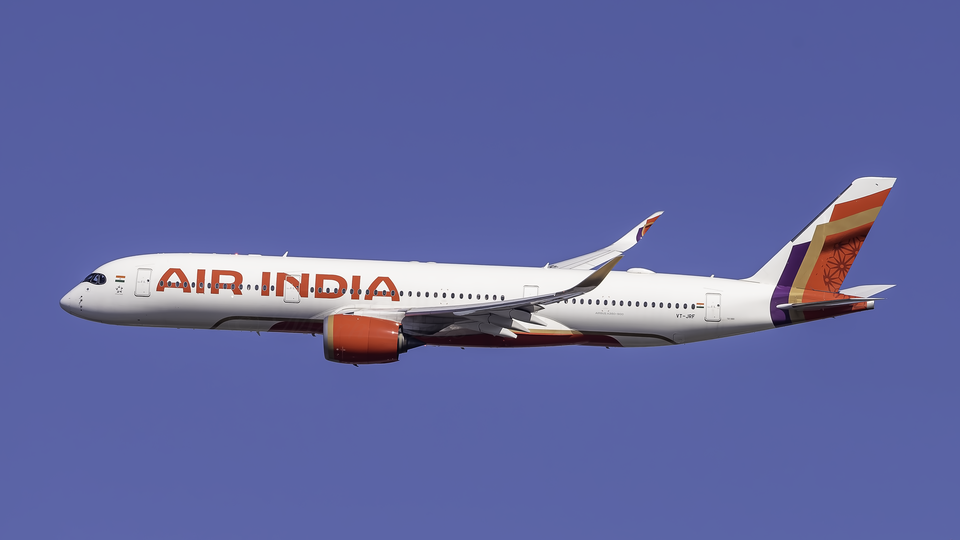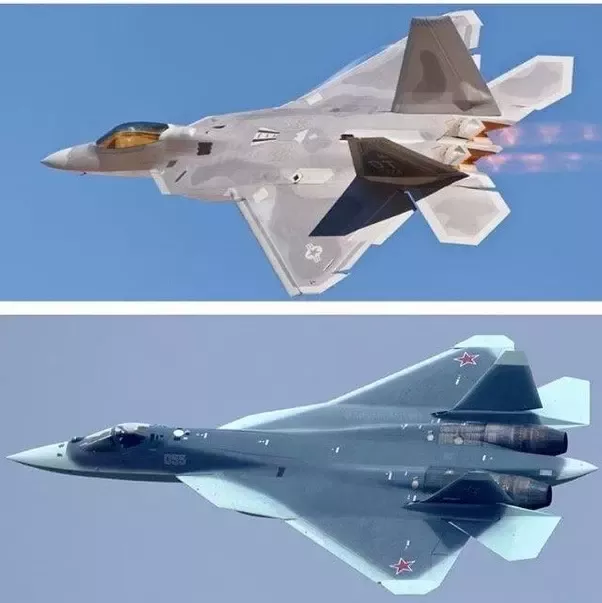The Silent Sentinels: Unveiling Air Traffic Control's Hidden World
Imagine a sky teeming with thousands of metal birds, each carrying hundreds of souls. What prevents chaos? Who orchestrates this aerial ballet? The answer lies in the unseen, yet ever-present world of Air Traffic Control (ATC). These ‘silent sentinels’ are the unsung heroes who ensure our journeys are safe and efficient. This isn't just about pointing planes in the right direction; it's a high-stakes, constantly evolving field driven by incredible innovation and global collaboration.
From Flags to Satellites: A Journey Through ATC Evolution
The history of ATC is a testament to human ingenuity. Picture this: early aviation pioneers relying on simple flag signals and rudimentary radio communication. Fast forward to World War II, and radar technology emerged, providing a crucial advantage in monitoring airspace. These advancements paved the way for today's sophisticated systems .
Today, radar is still a cornerstone, but it's increasingly complemented by satellite-based technologies like ADS-B (Automatic Dependent Surveillance-Broadcast). ADS-B allows aircraft to broadcast their precise location, altitude, and speed to ground stations and other aircraft, enhancing situational awareness and enabling more efficient routing . This evolution represents a monumental leap, transforming ATC from a reactive to a proactive system. We've gone from limited visibility to near-perfect clarity, all in the pursuit of safer skies.
The Human Element: More Than Just Controllers
Technology is vital, but at the heart of ATC lies the human element. Air traffic controllers face immense pressure. They require sharp decision-making skills, exceptional spatial reasoning, and the ability to remain calm under extreme stress . Training is rigorous, often involving simulations that mimic real-world scenarios, including emergencies and unexpected events.
Consider the story of Sarah, an air traffic controller with 15 years of experience. "Every day is different," she explains. "You're constantly analyzing data, anticipating potential conflicts, and making split-second decisions that affect hundreds of lives. It's challenging, but also incredibly rewarding." Sarah's story highlights the dedication and mental fortitude required to excel in this demanding profession. It's not just a job; it's a responsibility to ensure everyone gets home safely.
Global Harmonization: Bridging the Skies
Air travel is inherently global, so ATC needs a global perspective. Initiatives like SESAR (Single European Sky ATM Research) in Europe and NextGen in the USA aim to modernize ATC systems and harmonize procedures across different regions . These programs focus on improving efficiency, reducing delays, and enhancing safety through standardized technologies and operational practices.
SESAR, for example, seeks to create a seamless, interoperable ATM system across Europe, allowing aircraft to fly more direct routes and reduce fuel consumption. NextGen in the US focuses on transitioning to a more data-driven, satellite-based system . By working together, these initiatives are paving the way for a more efficient and safer global air travel experience. The ultimate goal is a unified, interconnected network where aircraft can seamlessly transition between different airspaces, regardless of national boundaries.
The Future is Now: AI, Drones, and Space
The future of ATC is rapidly unfolding, driven by technological advancements and the increasing complexity of air traffic. Artificial intelligence (AI) is poised to play a significant role, assisting controllers with tasks such as conflict detection, route optimization, and weather prediction . Imagine AI algorithms analyzing vast amounts of data in real-time, providing controllers with actionable insights to improve safety and efficiency. However, the integration of AI also raises important questions about human oversight and the potential for algorithmic bias.
Another key challenge is the integration of drones into the airspace. Unmanned aerial vehicles (UAVs) are becoming increasingly prevalent, requiring new systems and procedures to manage their traffic safely and efficiently. Drone traffic management (UTM) systems are being developed to address this challenge, providing a framework for registering, tracking, and controlling drone operations .
Looking further ahead, space traffic management (STM) is emerging as a critical area of focus. With the increasing number of satellites and space debris orbiting the Earth, managing traffic in space is becoming essential to prevent collisions and ensure the long-term sustainability of space activities. This nascent field requires international cooperation and innovative solutions to address the unique challenges of operating in the space environment.
Challenges and Innovations in Crowded Skies
ATC faces numerous challenges, including managing increasingly crowded skies, mitigating cybersecurity threats, and addressing environmental concerns. As air travel continues to grow, controllers must find innovative ways to maximize airspace capacity without compromising safety. This requires optimizing flight paths, improving communication systems, and leveraging advanced technologies like AI.
Cybersecurity is also a growing concern, as ATC systems are vulnerable to cyberattacks that could disrupt operations and compromise safety. Protecting these systems from malicious actors requires robust security measures and ongoing vigilance. Environmental considerations are also playing an increasingly important role in ATC. Efforts are underway to optimize flight paths to reduce fuel consumption and minimize the impact of aviation on the environment.
The Unsung Heroes
Air traffic controllers are the silent sentinels who work tirelessly behind the scenes to ensure our safety. Their dedication, expertise, and resilience are essential to the smooth functioning of the global air transportation system. Next time you're on a flight, take a moment to appreciate the incredible work of these unsung heroes. The world of air traffic control is constantly evolving, and its future promises even more exciting innovations and challenges. From the legacy of flag signals to the dawn of AI and space traffic management, the journey of ATC is a testament to human ingenuity and our unwavering commitment to safety.
Want to learn more about ATC? Explore resources from the FAA (Federal Aviation Administration) and IATA (International Air Transport Association) to delve deeper into this fascinating field.




